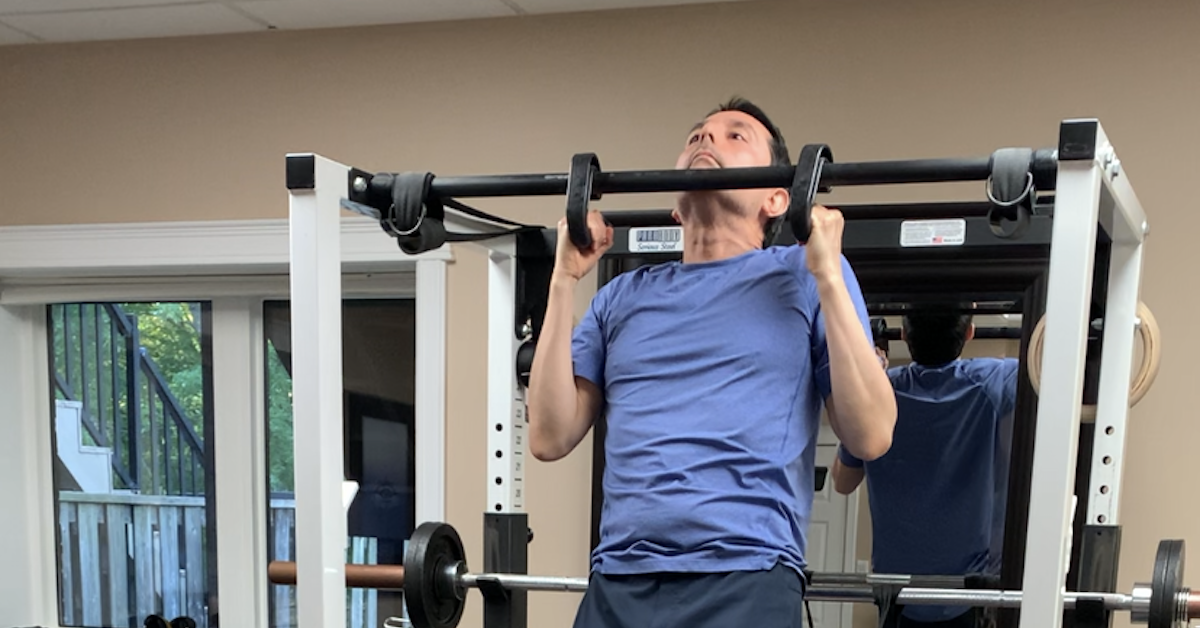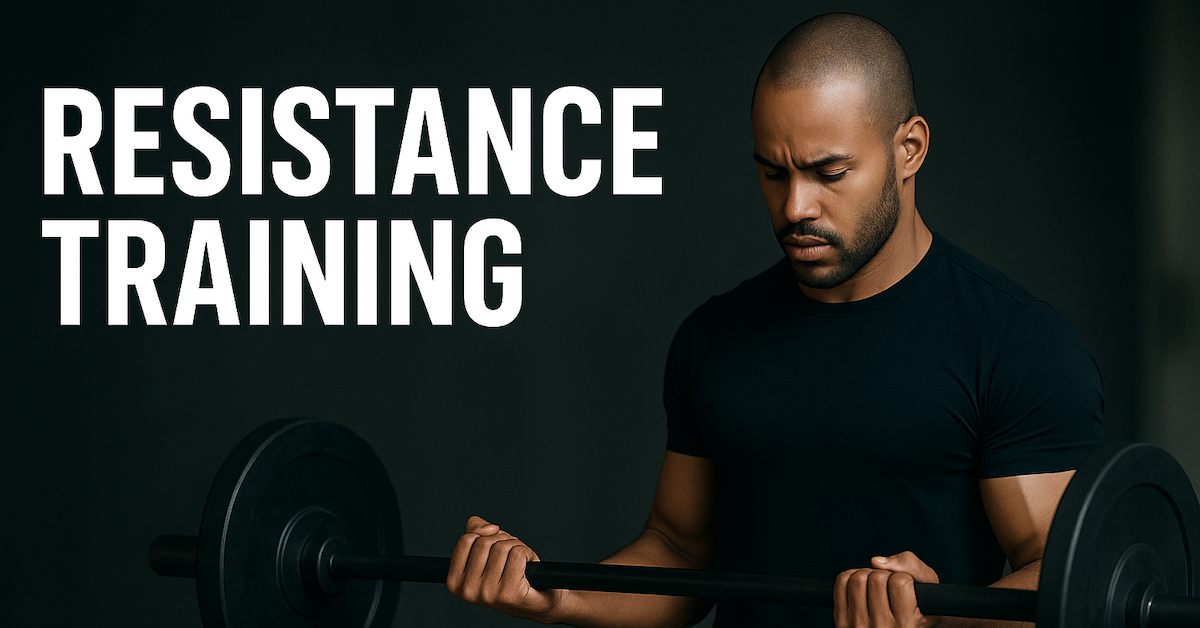If you have a muscle group that refuses to grow, you have two options:
- Give it greater priority in your training.
- Increase its workload to stimulate growth.
Let’s break down both strategies and how to apply them effectively.
1. Prioritize the Weak Muscle Group
The exercises you perform first in your workout receive the greatest training effect. Most people start with their strongest body parts, but if you have a lagging muscle, flip the script and train it first.
For example, forearm training often gets tacked onto the end of a workout—if it happens at all. If your forearms are a weak point, start your workout with wrist curls instead. With more energy and strength at the beginning of your session, you’ll lift heavier and stimulate greater muscle growth.
2. Increase Volume with Staggered Sets
Muscle growth (hypertrophy) is a function of volume—more work means more growth, provided recovery is sufficient. One way to add volume without extending your workout time is to use staggered sets.
For instance, if your calves are lagging, insert calf raises between sets of exercises for other body parts. By the end of your session, you’ll have completed far more calf work than usual, forcing them to adapt and grow.
3. Combine Both Methods for Maximum Gains
For the best results, combine priority training and staggered sets in a specialized training program. Here’s how it works:
- One workout, start with forearm work and insert calf raises between exercises.
- The next session, start with calf work and insert wrist curls throughout.
Example Training Plan
Monday (Forearm Focus with Staggered Calf Raises)
A1. High-Platform Dumbbell Wrist Curl
A2. Standing Calf Raise
A3. High-Platform Dumbbell Reverse Wrist Curl
A4. Seated Calf Raise
B1. Ulnar Flexion
B2. Standing Calf Raise
B3. Radial Flexion
B4. Seated Calf Raise
C1. Seated Reverse-Grip Cable Pulldown
C2. Standing Calf Raise
C3. Standing One-Arm Dumbbell Press
C4. Seated Calf Raise
Tuesday (Calf Focus with Staggered Forearm Work)
A1. Barbell Jump
A2. Seated Barbell Wrist Curl
A3. Prone Dorsiflexed Leg Curl
A4. Seated EZ-Bar Reverse Wrist Curl
B1. Seated One-Leg Calf Raise
B2. Seated Barbell Wrist Curl
B3. Seated Leg Curl Tibialis Raise
B4. Seated EZ-Bar Reverse Wrist Curl
C1. Seated Wide-Stance Leg Press
C2. Seated Barbell Wrist Curl
C3. Back Step-Up
C4. Seated EZ-Bar Reverse Wrist Curl
Thursday (Forearm Focus with Staggered Calf Raises)
A1. Low-Platform Dumbbell Wrist Curl
A2. Standing Calf Raise
A3. Low-Platform Dumbbell Reverse Wrist Curl
A4. Seated Calf Raise
B1. Supination
B2. Standing Calf Raise
B3. Pronation
B4. Seated Calf Raise
C1. Parallel-Bar Dip
C2. Standing Calf Raise
C3. One-Arm Elbow-Out Dumbbell Row
C4. Seated Calf Raise
Friday (Calf Focus with Staggered Forearm Work)
A1. One-Leg Calf Raise
A2. Seated Barbell Wrist Curl
A3. Standing Dorsiflexed Leg Curl
A4. Seated EZ-Bar Reverse Wrist Curl
B1. Seated Calf Press
B2. Seated Barbell Wrist Curl
B3. Seated Cable Tibialis Raise
B4. Seated EZ-Bar Reverse Wrist Curl
C1. Hack Squat
C2. Seated Barbell Wrist Curl
C3. Dumbbell Lunge
C4. Seated EZ-Bar Reverse Wrist Curl
Training Notes:
- Perform each mini circuit (A, B, and C) three times, moving from one exercise to the next with minimal rest.
- Rest two minutes between rounds.
- Use a 10–12 rep range with a controlled tempo (1-second lift, 2-second lower).
Final Thoughts
Prioritizing weaker muscle groups or giving them more volume (or both) will help bring up lagging areas. Keep in mind that increasing focus on weak points means reducing emphasis on stronger muscle groups, which can improve symmetry, balance, and injury prevention over time.

From Zero to Two: Leo’s Chin-Up Breakthrough
When Leo began training with me in September 2024, our first goal was to improve body composition — lose fat,

Resistance Training Foundations: How to Progress Safely and Build Real Strength
Resistance training isn’t just for bodybuilders. Whether you’re just starting out, returning after a break, or training for performance, knowing

Neck Extensions Before Arm Curls: Unlock More Strength
When most people warm up for arm curls, they’ll hit a few light sets or maybe stretch out a bit.
follow
Error: No feed with the ID 2 found.
Please go to the Instagram Feed settings page to create a feed.
